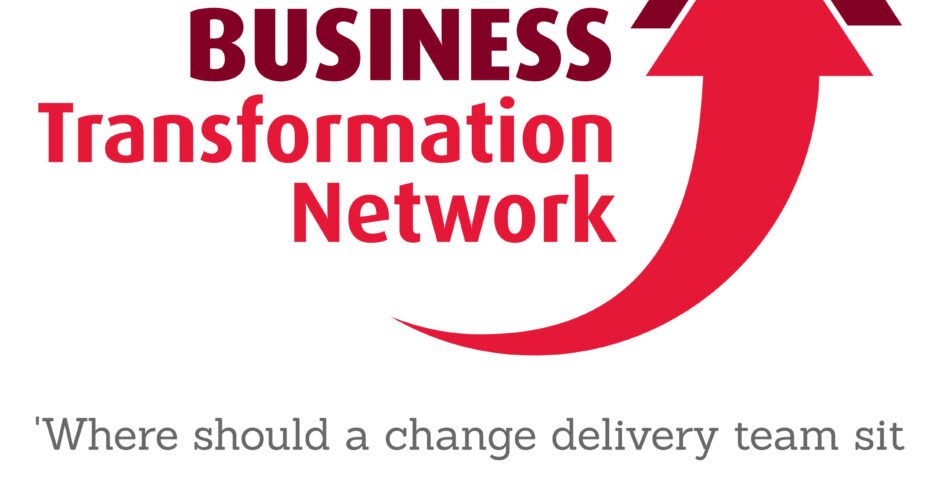On Tuesday 7th July Annapurna Change hosted its third Thought Leadership Round Table event at the Soho Hotel, in the heart of vibrant London.
Hosted by Tony McKenna, Global Transformation Director of GSK, 22 Professionals representing Senior Change leadership in the UK came together to discuss the topic:
‘Where should a change delivery team sit within an organisational structure?’
The evening’s discussion points:
• How does an organisations’ structure alter the effectiveness of a change delivery team?
• To what degree does communication between a change function and other internal functions take an effect on change delivery and how is this affected by the organisation structure?
• Is it more important for the change delivery function to report into a business leader with an appetite for change rather than a particular exco member?
Some of the key knowledge shares and thoughts that came out from this Transformation Network event are set out below:
Organisational Structure
➢ Organisation structure affects the effectiveness of change
➢ In-house change staff vs a balance between consultants and in-house change staff
➢ Varied job titles for Change staff to reduce dissonance
Communication
➢ How effective internal communication results in effective change
➢ Efficient communication is needed from Day 1
➢ Measuring change success through employee & customer happiness
Success of Delivery
➢ Success of change relies on bespoke Change Managers & not utilising people within the organisation who are ‘between projects’
➢ Do not assume where people are in terms of current work or their adaptability to change. Going forward, start from just behind, expecting they know slightly less then ‘Lead’ them to change instead of asking them just to ‘Follow’.
Takeaways:
Do you develop resistance to change in your teams/company? Is addressing it part of the change management process?
What was agreed around the table was that ‘Communication’ is a massively important part of every successful change. It must be clear from the outset what the plan is or at least that there is going to be a change. Over time people will adapt, instead of doing all the change plans and at the end worry about the communications as then it is too sudden and the employees will resist change.
Communication and conversation are the most important. Issues need to be challenged. 1 on 1 is the best but scaling is important for larger companies where there is a need to create core groups to produce change.
The hard part for organisations and change managers is sometimes showing the worth of communications as it is not as clear how it helps to make money in some organisations.
Try and be honest with employees when you can and if you cannot reveal all the details at least communicate something. You need to be authentic about the discussion.
If you don’t put the change at the core you’ll fail. The change speed needs to be managed otherwise you will fail if you don’t have any transition plan.
Internal discussions about change impact on the individual are vital as happiness is important.

